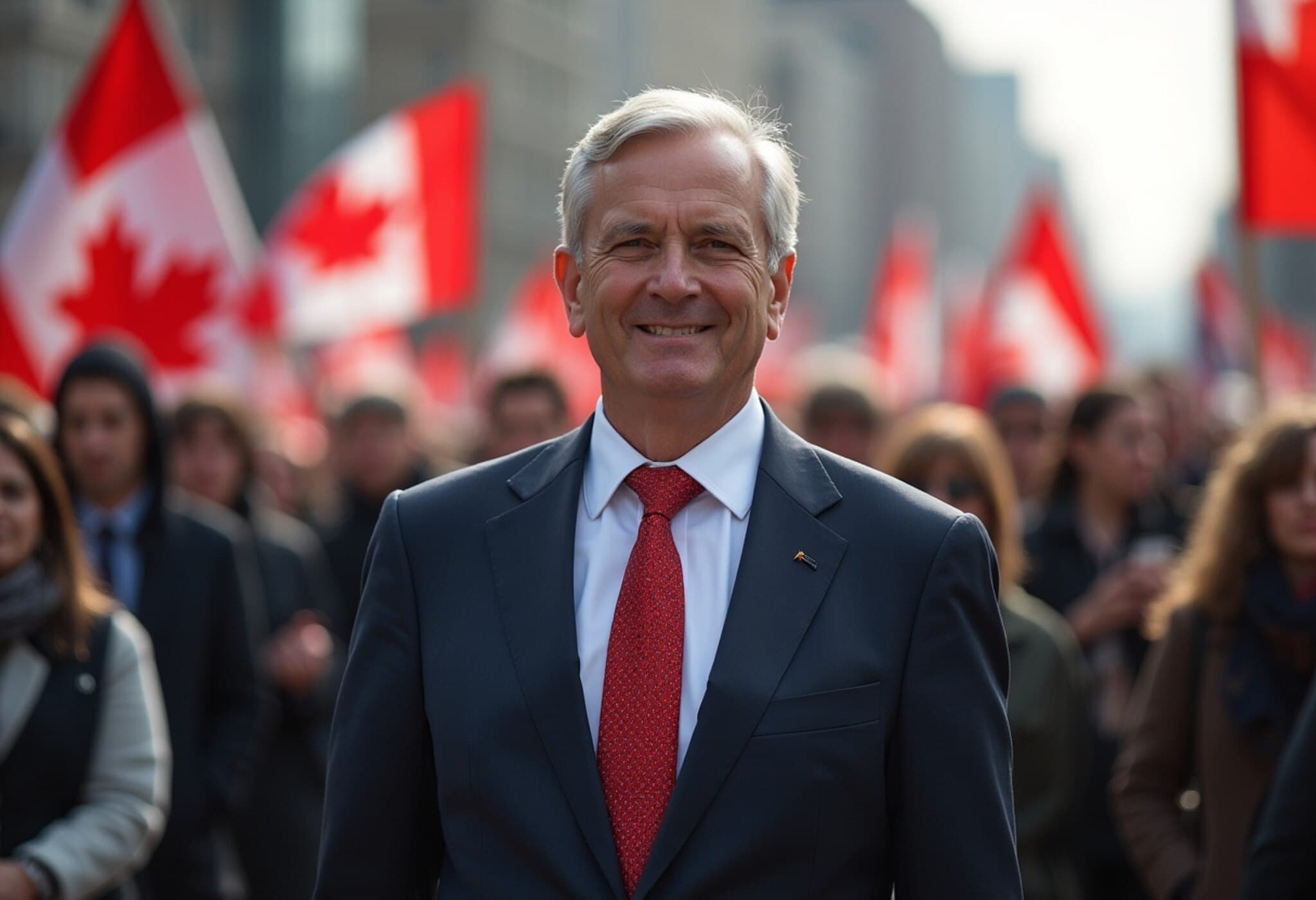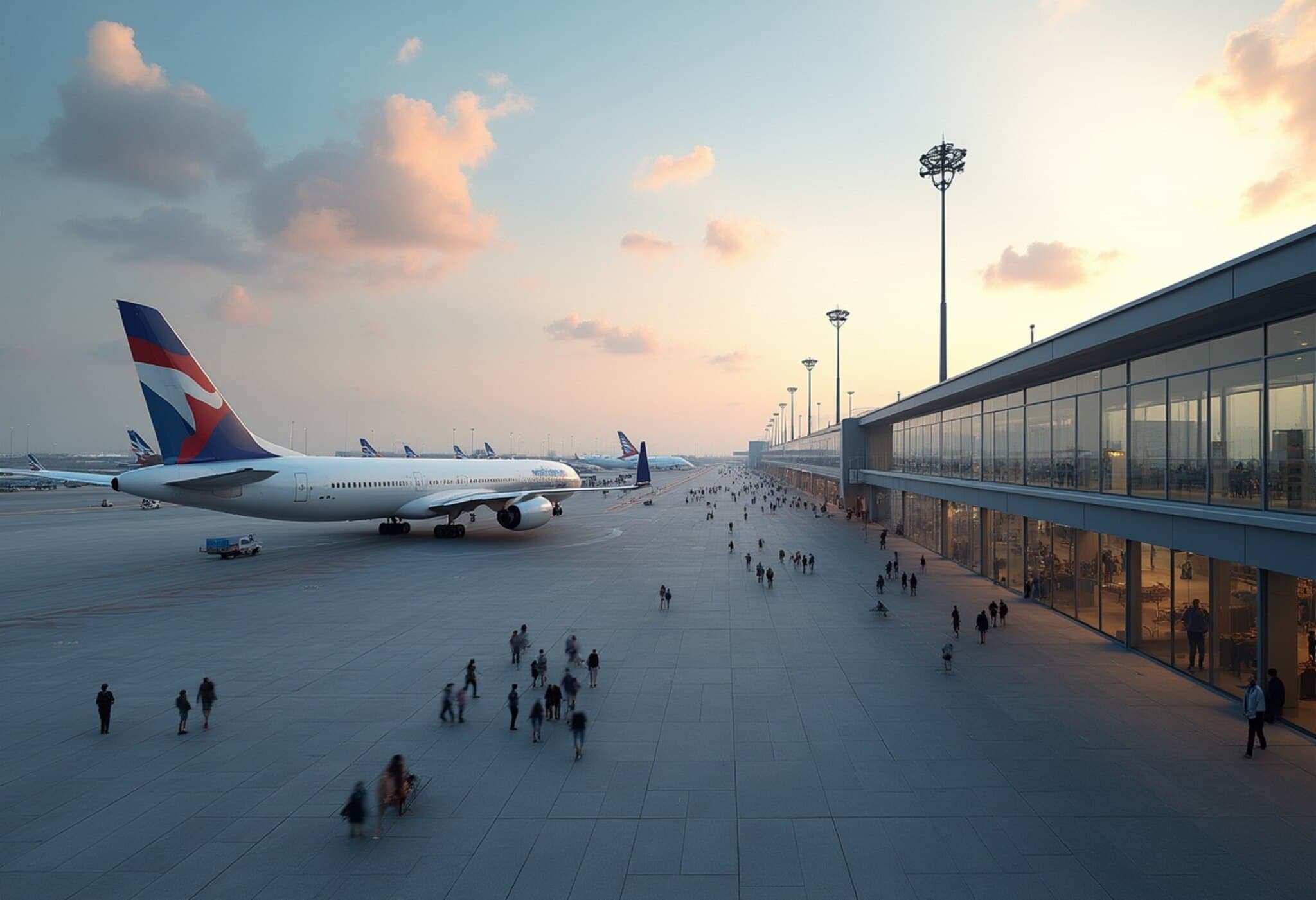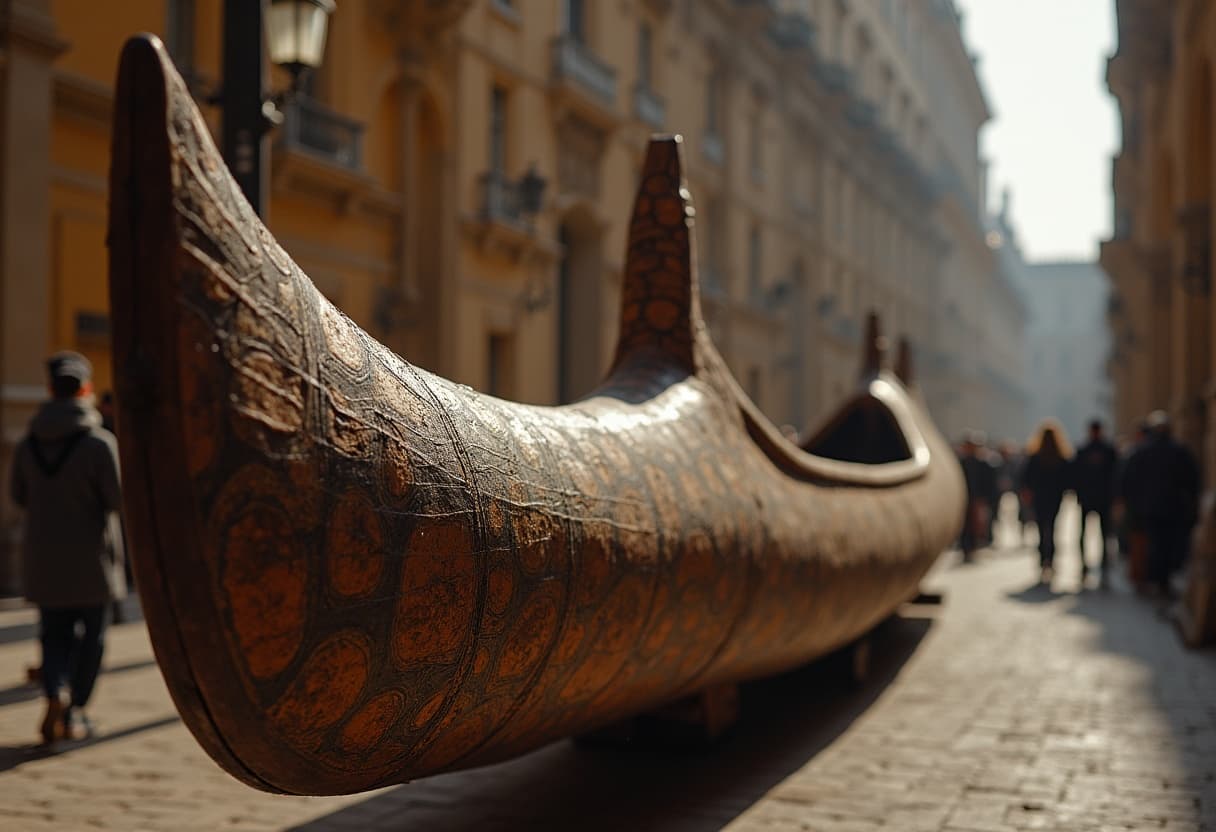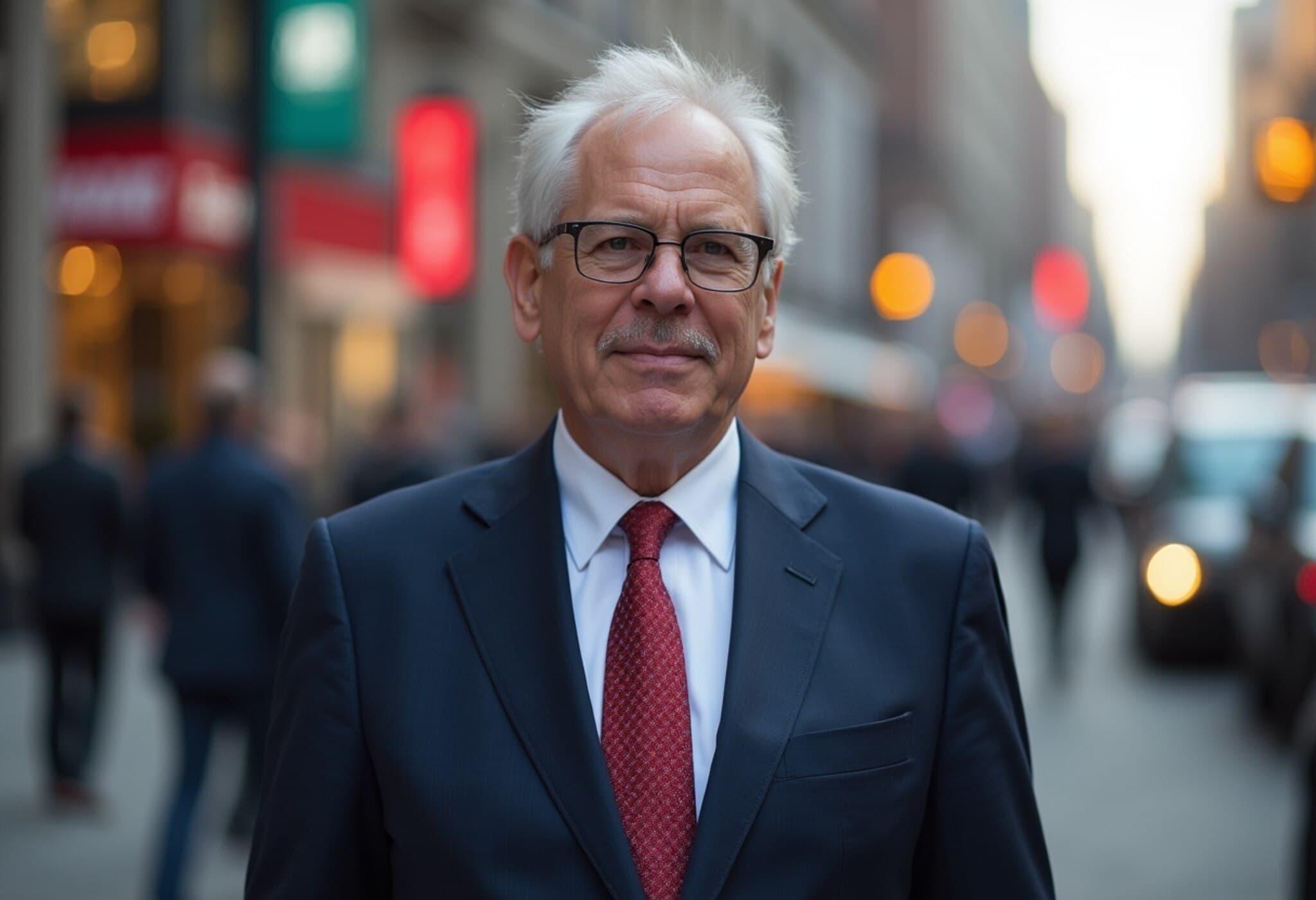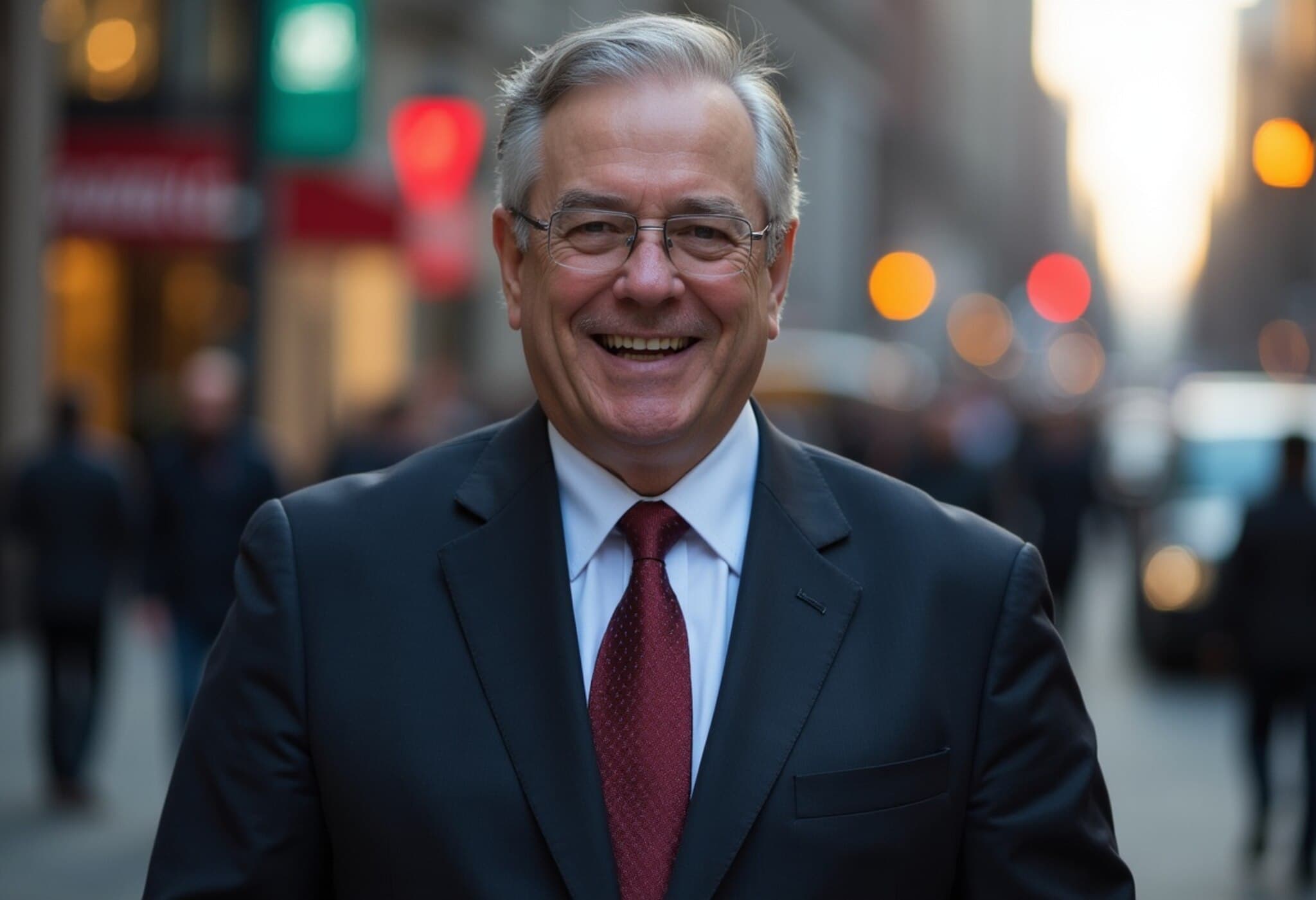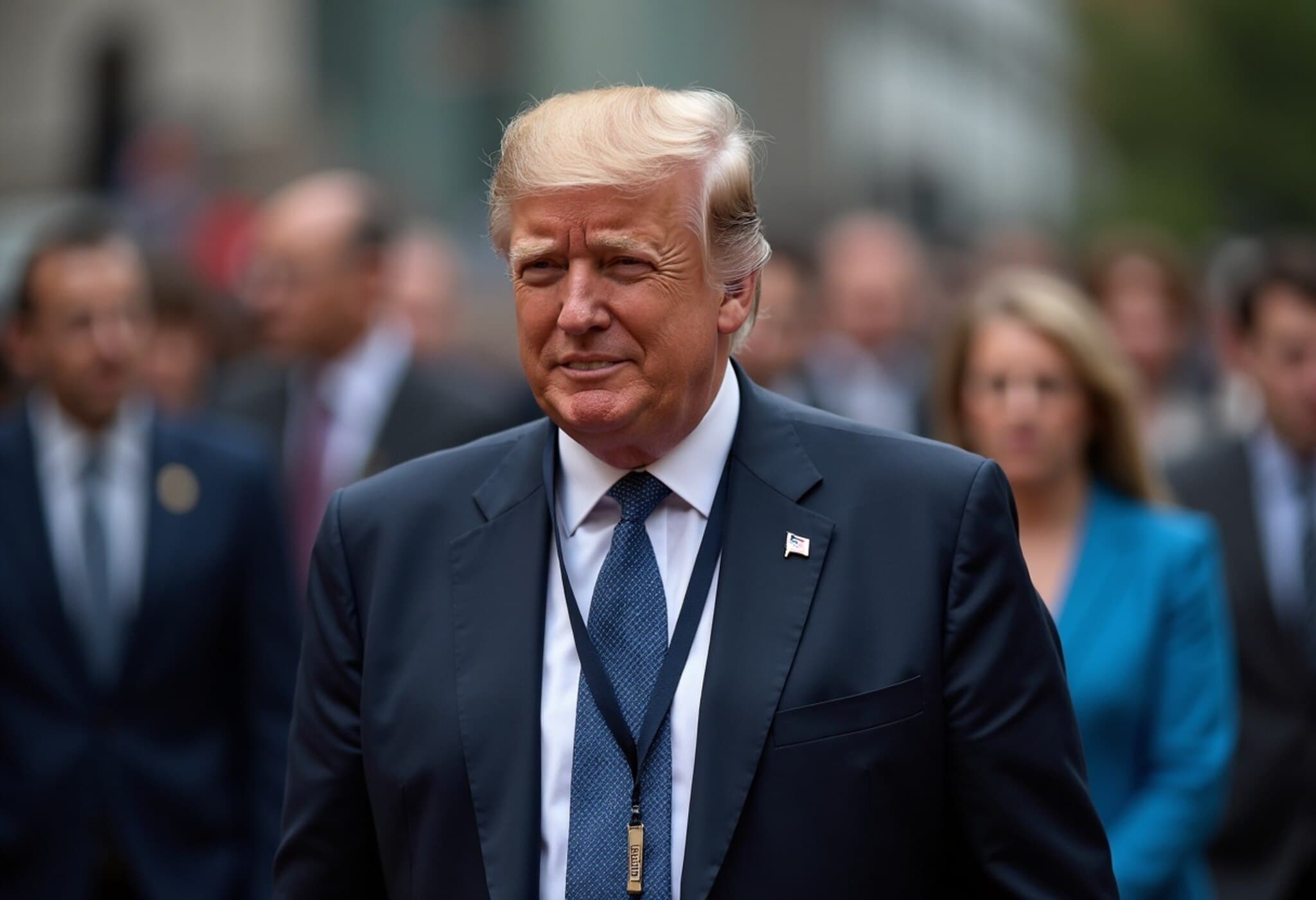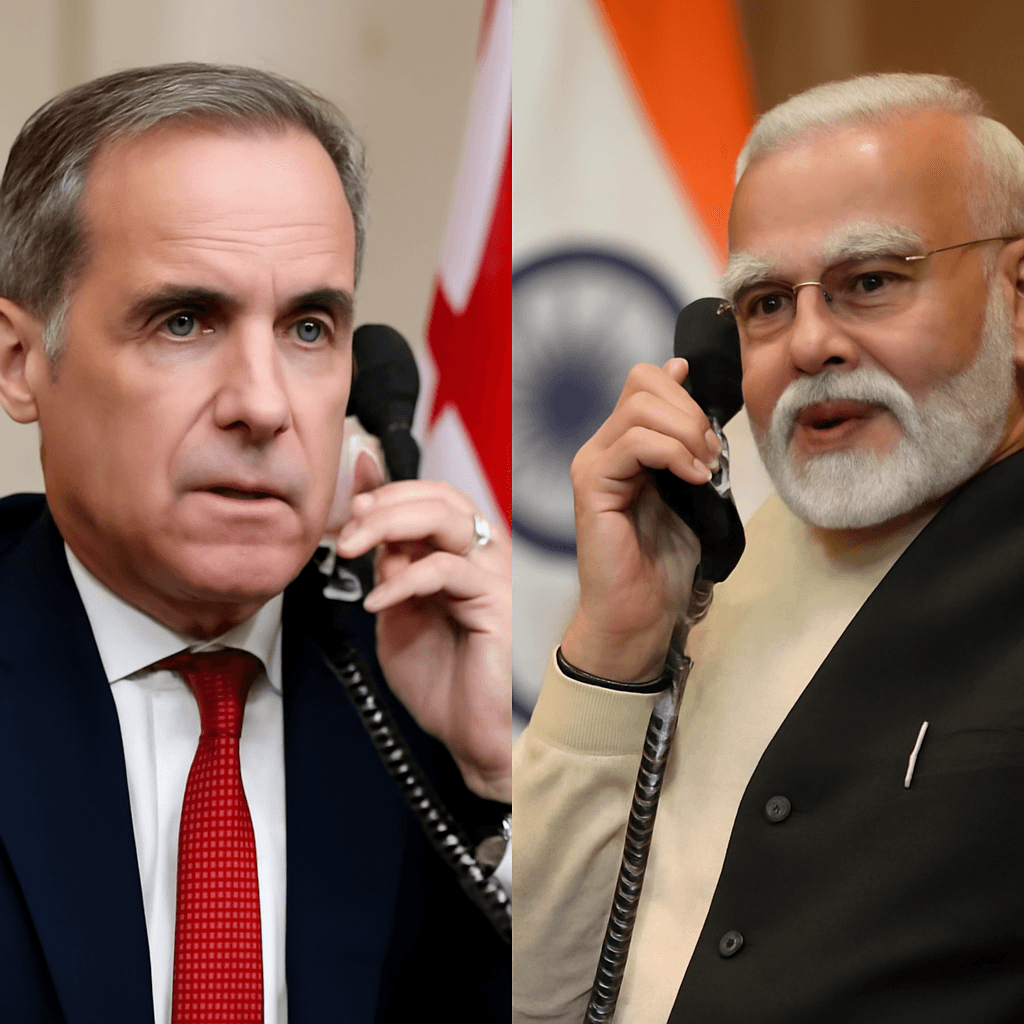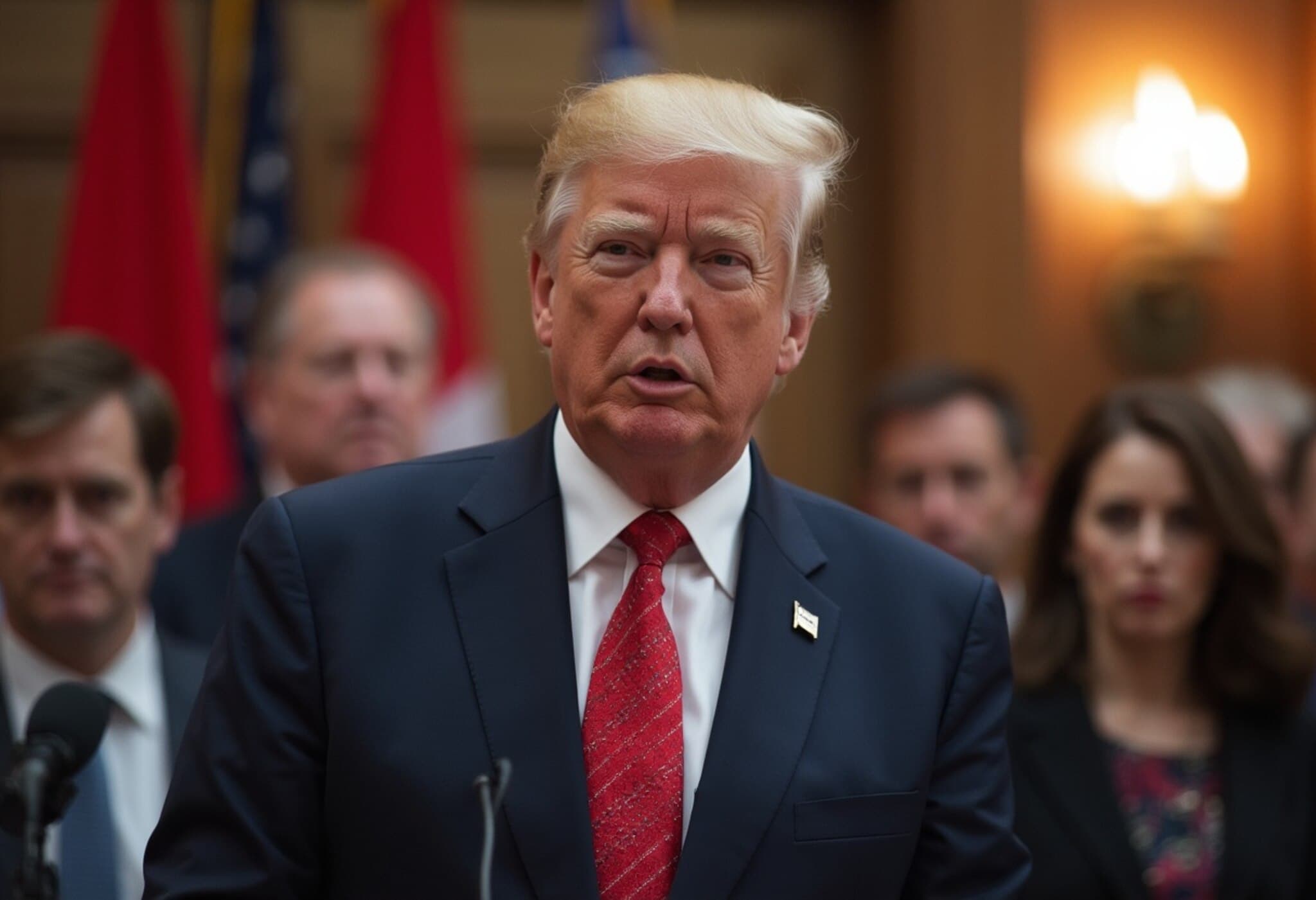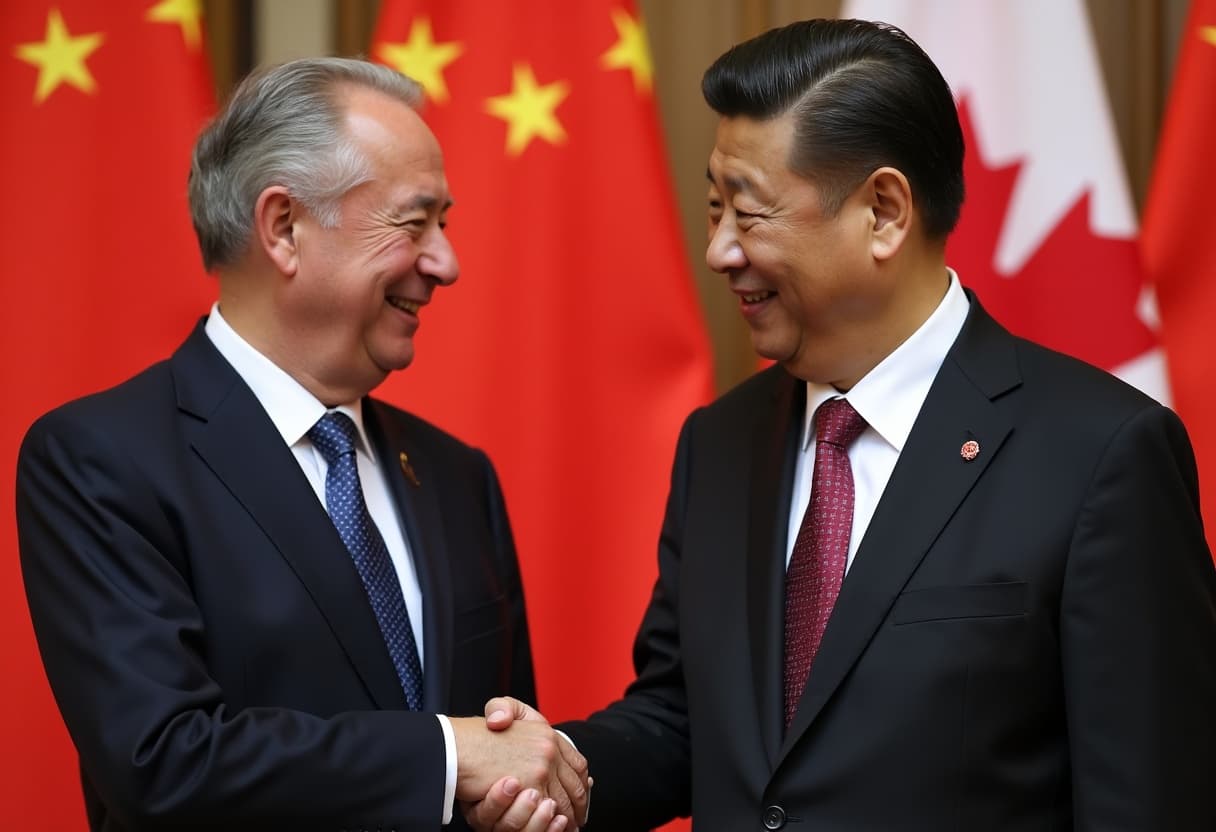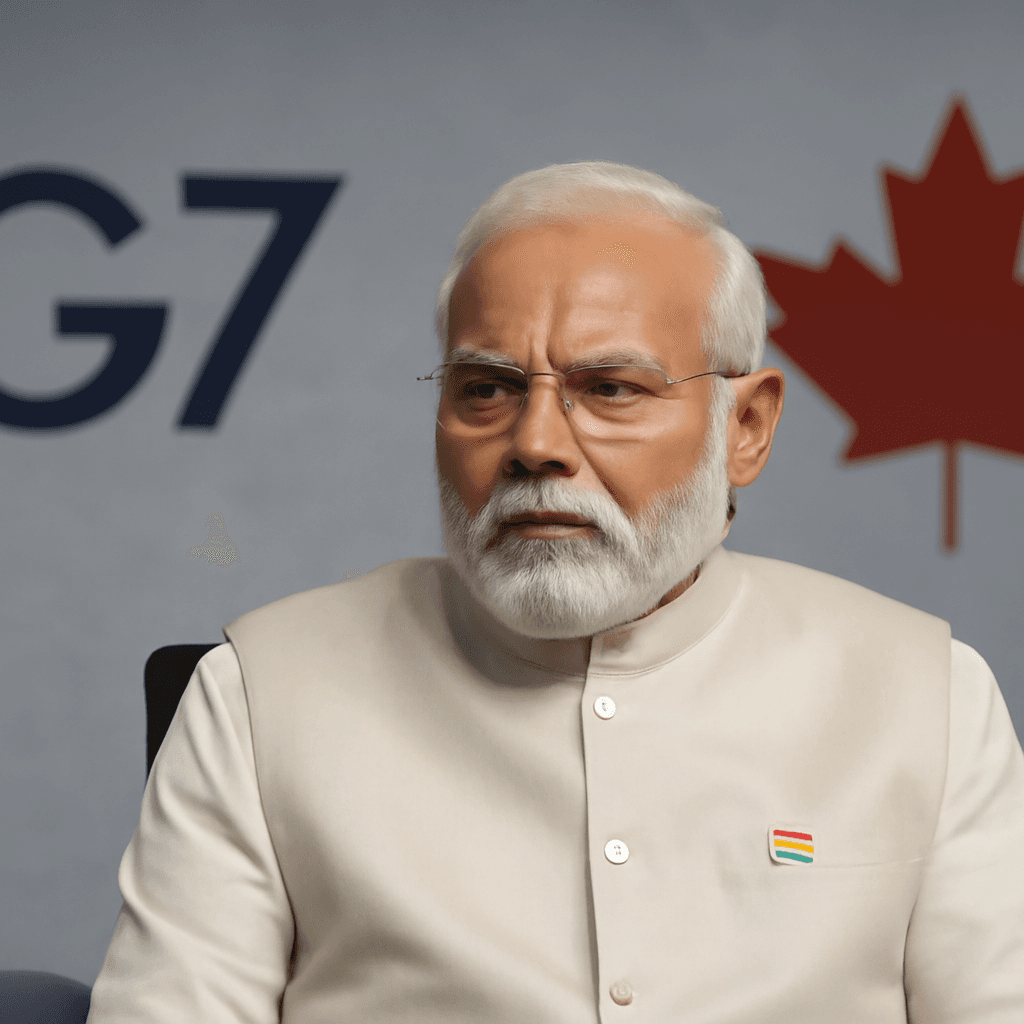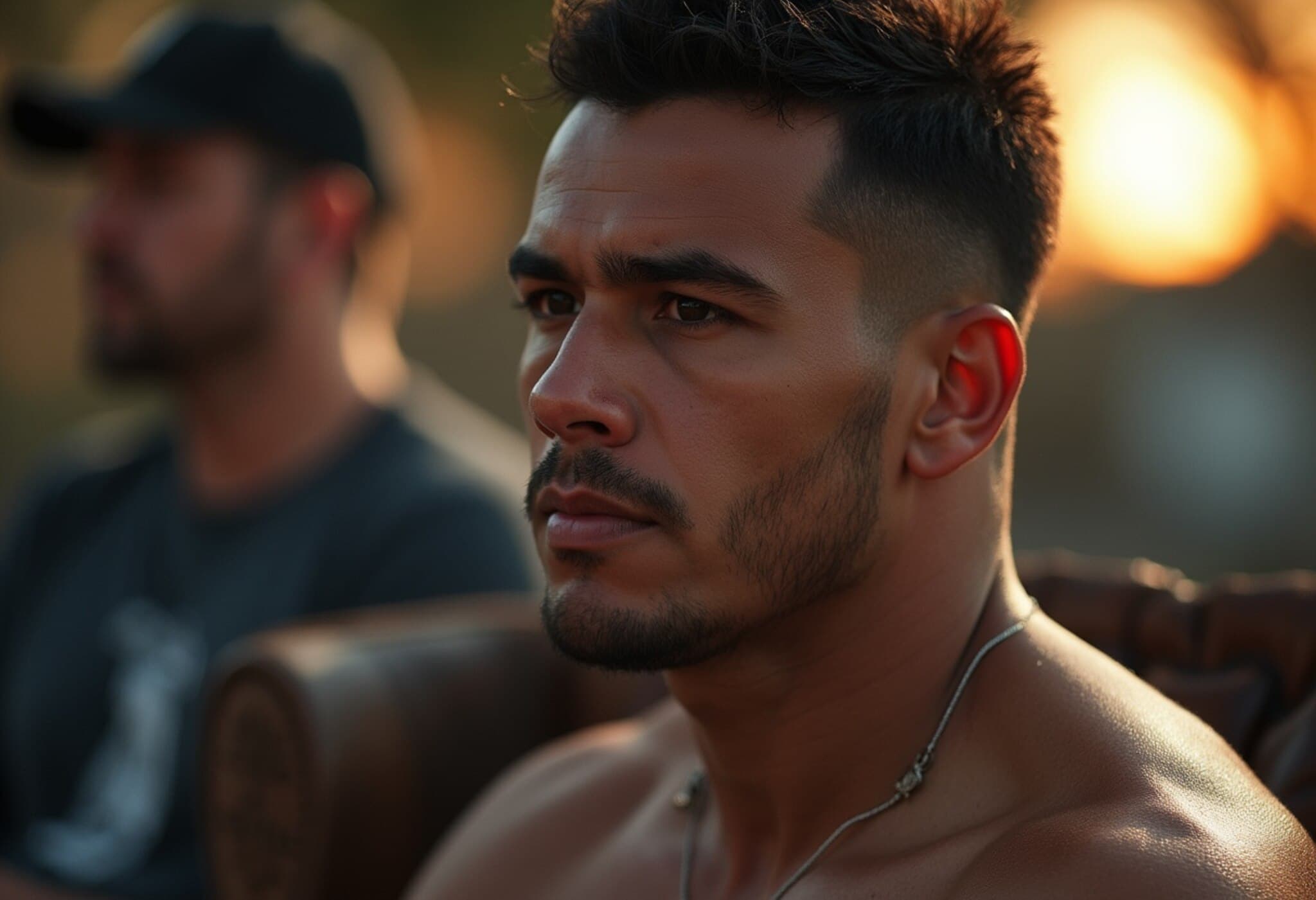‘Build, Baby, Build’: A Bold Vision Meets Indigenous Resistance
Prime Minister Mark Carney’s rallying cry to transform Canada’s economy—“Build, baby, build”—aims to fast-track critical infrastructure projects across the nation. The plan envisions pipelines, power grids, mines, ports, and railroads designed to reduce reliance on the United States and elevate Canada as an energy superpower with diversified trade partners.
However, these lofty ambitions encounter strong opposition from Indigenous groups, who demand a seat at the decision-making table. For decades, their voices have been sidelined during major development phases. Now, in an era of reconciliation, Indigenous leaders insist projects impacting their ancestral lands require genuine consultation—sometimes even the right to veto.
Historic Lands and New Conflicts
Many nation-building projects under Carney’s plan would unfold on traditional Indigenous territories. This has already ignited tensions, especially in Quebec, where recent blockades have halted logging on Innu and Atikamekw lands—areas considered unceded by Indigenous peoples.
Dave Petiquay, a traditional leader from Wemotaci of the Atikamekw nation, criticized government approaches: “Governments need to come to us before making decisions about our land, not after.” His words reflect a broader Indigenous demand for meaningful partnership rather than token consultation.
Accelerated Projects Clause Sparks Controversy
In a bold legislative move, Parliament recently passed a law enabling fast-tracking of projects deemed nationally significant, potentially bypassing standard environmental reviews. This law also removes federal review processes for certain developments, a step the government justifies as urgent amidst international trade pressures.
This move has alarmed Indigenous and environmental organizations, warning it could push through massive infrastructure initiatives without adequately addressing Indigenous rights or environmental concerns. Critics argue the law neglects Indigenous consent, treating consultation more as a formality than a meaningful collaboration.
Voices from the Ground: Indigenous Leaders Speak Out
Guy Paul, an Innu elder from northern Quebec, has led protests against clear-cut logging near ancestral lands. “We’re not against logging,” he explained, “but we oppose destructive practices and want protection for sensitive areas like lakeshores.” His alliance, Mamo First Nations, demands more sustainable forestry policies that respect Indigenous stewardship.
Meanwhile, Julienne Dominique, Mr. Paul’s wife, recounts how logging crews operated without consultation near her family’s homestead. Together, they raised signs declaring the land “unceded territory”, highlighting ongoing struggles over sovereignty and resource control.
Legacy of Exclusion Fuels Current Demands
The scars run deep: in the 1960s, Quebec’s hydroelectric expansion flooded Indigenous lands without consultation or consent. Stories like Mr. Paul’s father’s experience—working for the provincial utility while witnessing the erasure of traditional territories—epitomize longstanding grievances.
Indigenous leaders now view their resistance as part of a broader fight for respect, reconciliation, and the right to shape the future of their lands.
The Challenge Ahead: Reconciling Growth and Rights
Carney has promised “meaningful consultation”, pledging to meet Indigenous leaders directly. Yet questions linger over what real power Indigenous communities will hold.
Despite making up only about 5% of Canada’s population, Indigenous groups are pivotal in shaping national development paths, leveraging legal frameworks and direct action to assert their rights.
From Quebec’s boreal forests to lands across British Columbia and the Atlantic provinces, Indigenous sovereignty remains a complex, contested arena where economic ambitions meet calls for justice and environmental stewardship.
The Broader Geopolitical Stakes
Indigenous leader Petiquay acknowledges Canada’s precarious position caught between global powers hungry for its resources—water, minerals, forests, and beyond. “Everyone wants our North,” he says, underscoring the strategic importance of Indigenous lands amid rising international competition.
A Future Built Together or in Conflict?
As the nation embarks on this ambitious rebuilding journey, the question remains: can Canada balance its economic goals with Indigenous rights and environmental sustainability? The unfolding chapters in Quebec serve as a microcosm of the struggle facing the entire country.
For now, Indigenous leaders demand that their voices shape the future—not just be heard as an afterthought.

